TBF’s Atlantic Shark Fishery Comments
The Billfish Foundation submitted comments to National Marine Fisheries Service (NMFS) today on the Draft Review of Atlantic Shark Fishery Review (SHARE) urging the revitalization of the Atlantic shark fishery and market. This 217-page reference document recounts past and present management actions responsible for the status of today’s U.S. Atlantic shark fishery. This document may be used to develop future conservation and management measures for commercial and recreational shark fisheries for the 43 currently managed and after review, we feel that without significant changes to the document we at are not supportive of it for future management actions
Atlantic Sharks Seem to Be Everywhere Anglers Fish
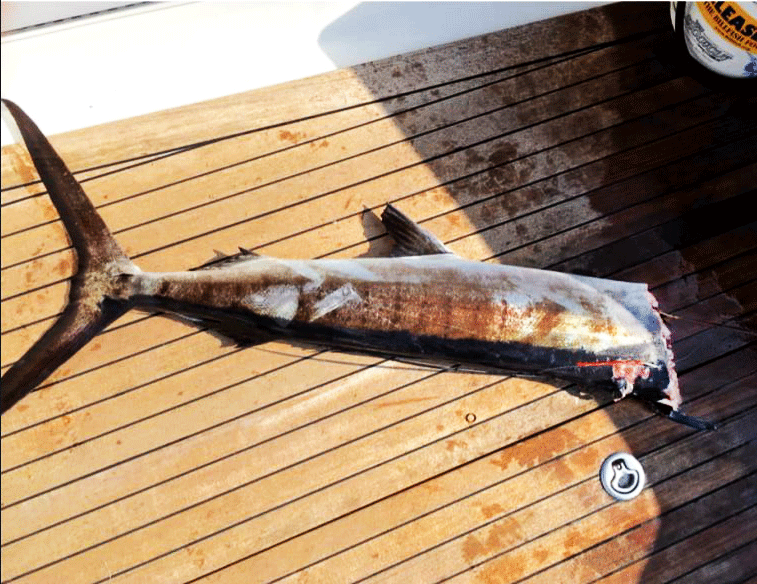
Daily reports and postings of angler-caught fish bitten into or taken whole by Atlantic sharks, known as depredation, painfully and clearly demonstrates the result of one-sided management, which has produced excessive numbers of sharks off the East, Gulf of Mexico, and Caribbean coasts. The angler-hooked species taken by sharks range from sheepshead to marlin and occur with fish hooked from shore, piers, small boats, and large boats. It seems to anglers there is no balance in Atlantic shark management, all titled in favor of shark conservation. Any additional shark abundance will worsen the negative impacts to recreational fishing, the
Publication from North Carolina State Questions Atlantic Blue Marlin Post Release Survival
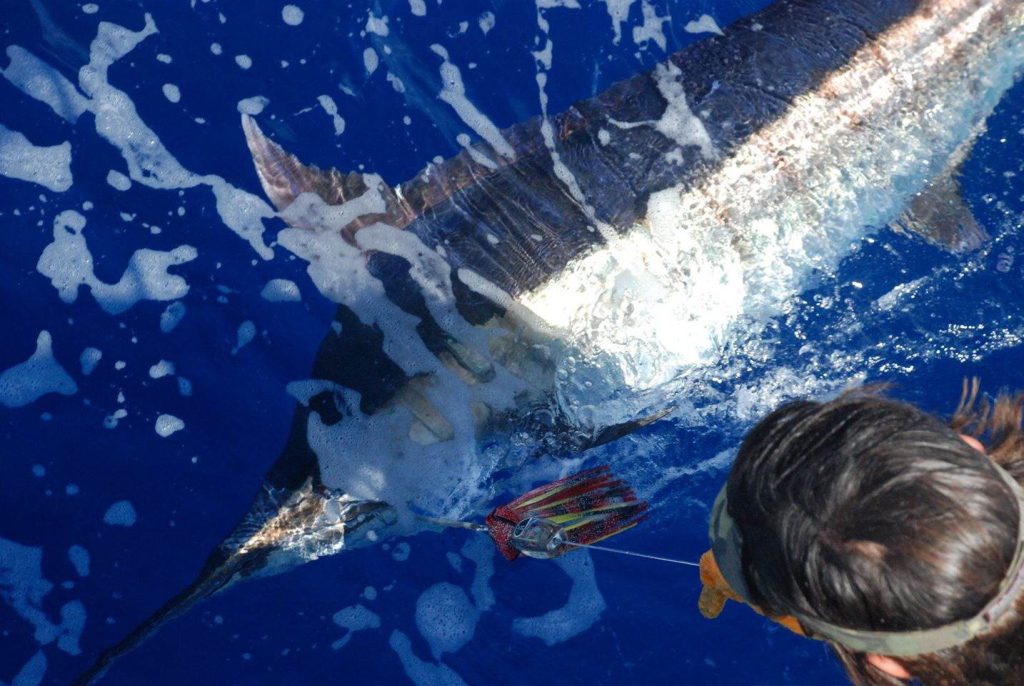
A science paper published in the Journal of Aquatic Animal Health, written by E. Houck et al., from North Carolina State University in the College of Veterinary Medicine and the Center for Marine Science & Technology, raised questions whether skeletal injuries caused by recreational fishing tackle could decrease post-release survival in Atlantic blue marlin. Skeletal injuries in the jaw area of 6 blue marlin caught with artificial lures and J-hooks and landed in the 2019 Big Rock Blue Marlin Tournament were examined. The conclusion, it was “suspected” that the hook injuries to the jaw had little impact on post-release
Is the US West Coast Going From Drift Gill Nets to Longlines?!?
This month the Pacific Fishery Management Council (PFMC) accepted applications for Exempted Fishing Permits (EFP) for which decisions will be made in September for the following fishing year. One application proposes to transition the current swordfish drift gillnet fishery to a longline fishery by allowing 19 longline vessels, shallow-set and deep-set longlines, to fish between 12 to 200 miles in federal waters off the U.S. West Coast, which TBF does not endorse this gear. Nine other permit applications were submitted, including Deep-Set Buoy Gear, Linked Buoy Gear, Night Set Buoy Gear including fishing in state waters, and Mid-Water
Atlantic Marlin Fishing Now All Catch & Release Though Year’s End Because 250 Landing Cap Exceeded
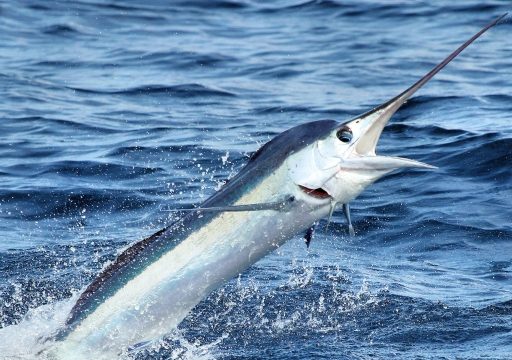
All Three Species (Atlantic Blue Marlin, White Marlin and Roundscale Spearfish) Must be Released by US Flagged Boats For The Remainder of 2020. Starting on September 30, 2020, through December 31, 2020, NOAA Fisheries is requiring catch-and-release fishing only for Atlantic blue marlin, white marlin, and roundscale spearfish in all areas of the Atlantic Ocean. […]
Atlantic Billfish, Swordfish, and Tunas Landings Update
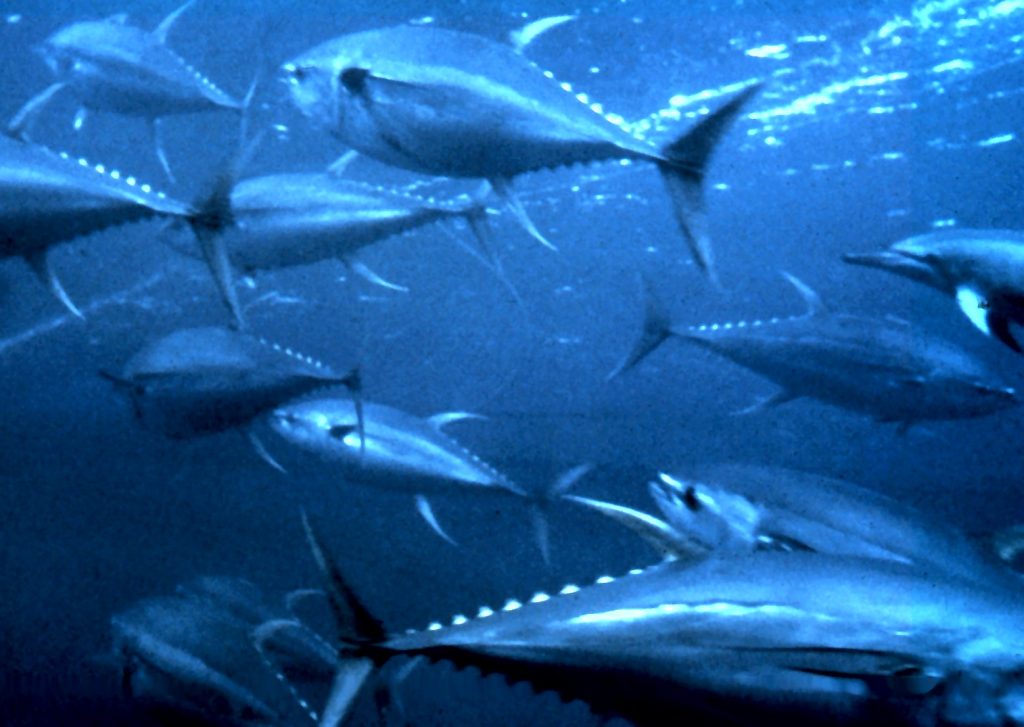
NOAA Fisheries announced landings updates for Atlantic swordfish, billfish, and tunas, which includes recreational billfish and bluefin tuna landings from January 1st through June 30, 2020. But swordfish and non-bluefin tuna landings are for the period of January 1 through July 31, 2020. In general, reported landings are down compared to the same time in 2019, except for Northern Albacore, whose landings are skyrocketing compared to 2019. Swordfish landings are almost exactly the same as last year, with an uptick in commercial bycatch offset by decreases in commercial and recreational targeted landings. Billfish are currently on par to stay
Atlantic Billfish, Swordfish, and Tunas Landings Update

NOAA Fisheries announced landings updates for Atlantic swordfish, billfish, and tunas, including bluefin, yellowfin, bigeye, skipjack, and albacore. This update include all landings between January 1st and March 31st of 2020. The 250-fish recreational Atlantic billfish quota includes landings of blue marlin, white marlin, and roundscale spearfish. As of March 31, 2020, no Atlantic billfish had been landed that are counted in the quota. However, five Atlantic sailfish have been landed, but these fish will not be counted in the 250-fish quota. Swordfish landing is up in in 2020 as compared to 2019. Between January 1st and March 31st
2020 Artist of the Year: George Kalwa
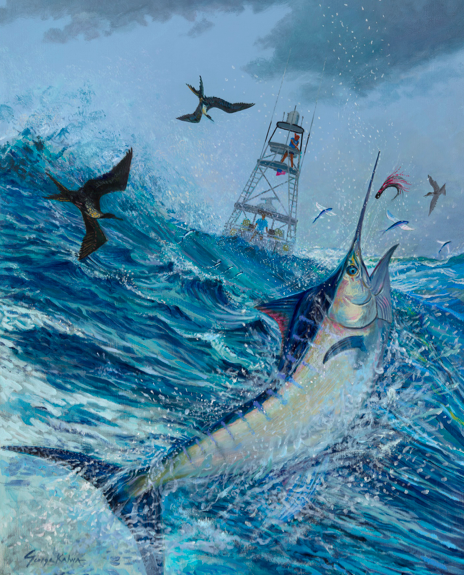
Born and raised in Baltimore Maryland, artist George Kalwa has been captivated by the ocean his entire life. An artist since birth, Kalwa began painting and making fishing lures as a child. As he grew, he spent summers drawing portraits on the Ocean City boardwalk before going to the Maryland Institute College of Art. His career as a professional artist is nothing short of remarkable. A jack of all trades, Kalwa is just as comfortable as an oil painter as he is as an award-winning broadcast video designer and animator. His chameleon-like artistry has made Kalwa a true master
NMFS Weakens Gear Restrictions in Atlantic Ocean
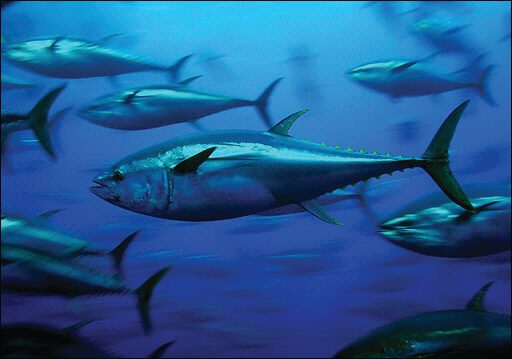
The Gear Restricted Area (GRA) off Cape Hatteras implemented to reduce bluefin tuna bycatch by pelagic longline vessels now is open to the gear. The waters had been closed December through April, but the NMFS decided it is no longer needed under the Individual Bluefin tuna Quota (IBQ) management system. Two Gulf of Mexico Gear Restricted Areas closed during April and May since 2015 and the Northeastern Closed Area off of New Jersey closed during June since 1999, are now pelagic longline Monitoring Areas, allowing longlining to resume. Fishing is to be monitored for three years based on vessel’s
TBF’s Juvenile Billfish Project
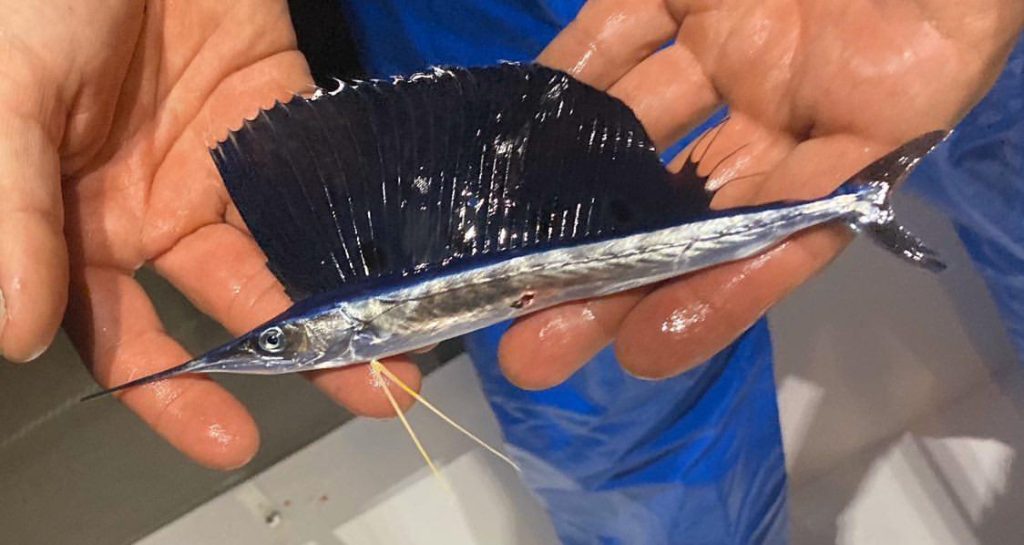
TBF’s newest project focuses on juvenile billfish for very little is known about them during their early life stages due to high mortality rates and a lack of reliable tracking methods for fish of their size. A lack of information on juvenile and newborn billfish whereabouts and habits leaves their management and advocacy for their survival in jeopardy. TBF with our research partner Dr. Freddy Arocha, TBF’s research partner and recipient of TBF’s Paxson Offield Lifetime Science Achievement Award 2019, shared that “known images from juvenile billfish are rare, and more difficult is to find an image with the




